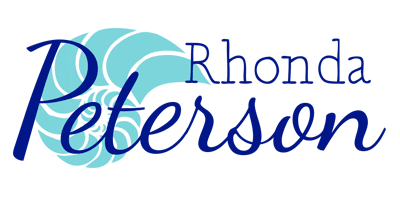What does it look like for you to be so engaged in what you’re doing that you don’t notice time passing or the world around you?
The second component of a Flourishing life is Engagement. Martin Seligman says engagement is reflected in “the importance of identifying your highest strengths and learning to use them more often in order to go into flow.” We contribute our very best when our work is connected to our strengths. Working in our strengths motivates us to ever higher levels of contribution.
Flow
When we’re completely engaged, we are in a state called “Flow”, where time stands still, we lose our sense of self and we’re one with the work we’re doing. Mihaly Csikszentmihalyi, author of Flow, the Psychology of Optimal Experience, connects flow to engaging in a task that challenges and stretches us to use our strengths and skills to their highest level.
The state of flow looks different for different people. An artist may experience flow when creating a painting or a sculpture. A parent may experience flow when caring for their child. A farmer I know experiences flow when he’s in the field planting the year’s crop and getting dusty and dirty in the process. He’s engaged in his work at such a deep level that he doesn’t notice time passing or dust flying!
Engagement in the Workplace
Engagement is a topic we hear about often related to the workplace. Employers want their employees to be engaged. When you are engaged in your work, you are more likely to be committed to the work you do and the company and products you produce. Your commitment benefits both you and your employer. And if you work for yourself, flow benefits both you and your customers, as you’re producing at the highest level.
As leaders, engagement is not only important for us, but for those we lead. How do you engage your team so that they benefit from doing work that matters, engaging in tasks that challenge and stretch them to use their strengths and skills to their highest level? Have you ever considered the level of engagement for your team? What would it look like to help them move into roles that more fully match their strengths and skills? What would be possible if your team was aligned with their strengths?
Strengths vs. Weaknesses
Focusing and overcoming challenges in your areas of strength leads to higher levels of engagement. Realistically, none of us can be in flow all day every day at work. There are always tasks involved in our work that aren’t related to our strengths. (For me it’s things like record keeping and administrative work.)
Constant work in areas of weakness is a recipe for burnout. When we can spend most of our time in our strengths and doing work where we’re engaged, we are more likely to flourish.
Understanding your Strengths
Understanding your strengths can increase your engagement in your work. Click here for a link to the Clifton Strengthsfinder assessment, the most well-known strengths assessment. Another option to take the assessment is to purchase the book on Amazon and obtain a code from the book.
Getting Intentional about Engagement
Identifying and moving into those places where we can experience engagement in our work requires intentionality. Walking that path alone often seems fruitless. The Activate Your Masterpiece Mastermind connects like-minded professionals who want to take their work to the next level. It provides structured support, encouragement and validation as members journey together. Members are selected for their fit together into a cohesive group.
To learn more about the Activate Your Masterpiece Mastermind, click here. Join the waitlist; be the first to know when the details are released. If you have questions about the mastermind, I will be happy to answer them.
Respond!
How often do you experience more engagement in your work? What activities allow you to reach a state of flow, of contributing at your highest and best level? How can you incorporate more of these activities into your life, both at work and at home? As a leader, how do you ensure that your team experiences engagement in their work?

